TechRadar Verdict
The Asus ROG Delta S Wireless gaming headset is a mixed bag. Its polished design, extreme comfort, and multiple wireless connectivity is bogged down by average sounding drivers and a poor microphone. The headset can certainly sound great but they require heavy EQ tuning - on a per game basis - to get there.
Pros
- +
Extremely comfortable
- +
Cool design and build quality
- +
Large, spacious sound
Cons
- -
Sounds hollow and muddy
- -
Poor microphone implementation
- -
Lack of dual-wireless connectivity
Why you can trust TechRadar
One minute review
The Asus ROG Delta S Wireless may not have the high-end features of the other headsets in the company’s new ‘Delta S’ lineup, such as the ESS Sabre gaming DAC, Hi-Fi certified drivers, or the swanky AniMe Matrix Display. But it is still a relatively solid product, with an aggressive yet polished design and excellent comfort.
Where the Delta S Wireless falter is with the sound quality, and the top-billed AI Beamforming mic. The headsets boast two large 50mm drivers that deliver spacious sound, but they are susceptible to be quite muddy and shallow-sounding unless you tweak the EQ for everything you use it for individually.
The AI Beamforming mic, on the other hand, is an interesting concept which eliminates the need for a boom mic. But it sadly doesn’t offer the quality, or the clarity of a traditional boom mic, either.
For $199.99, the Delta S Wireless is positioned competitively, but doesn’t tower above its competitors which offer much better sound quality for a similar package.
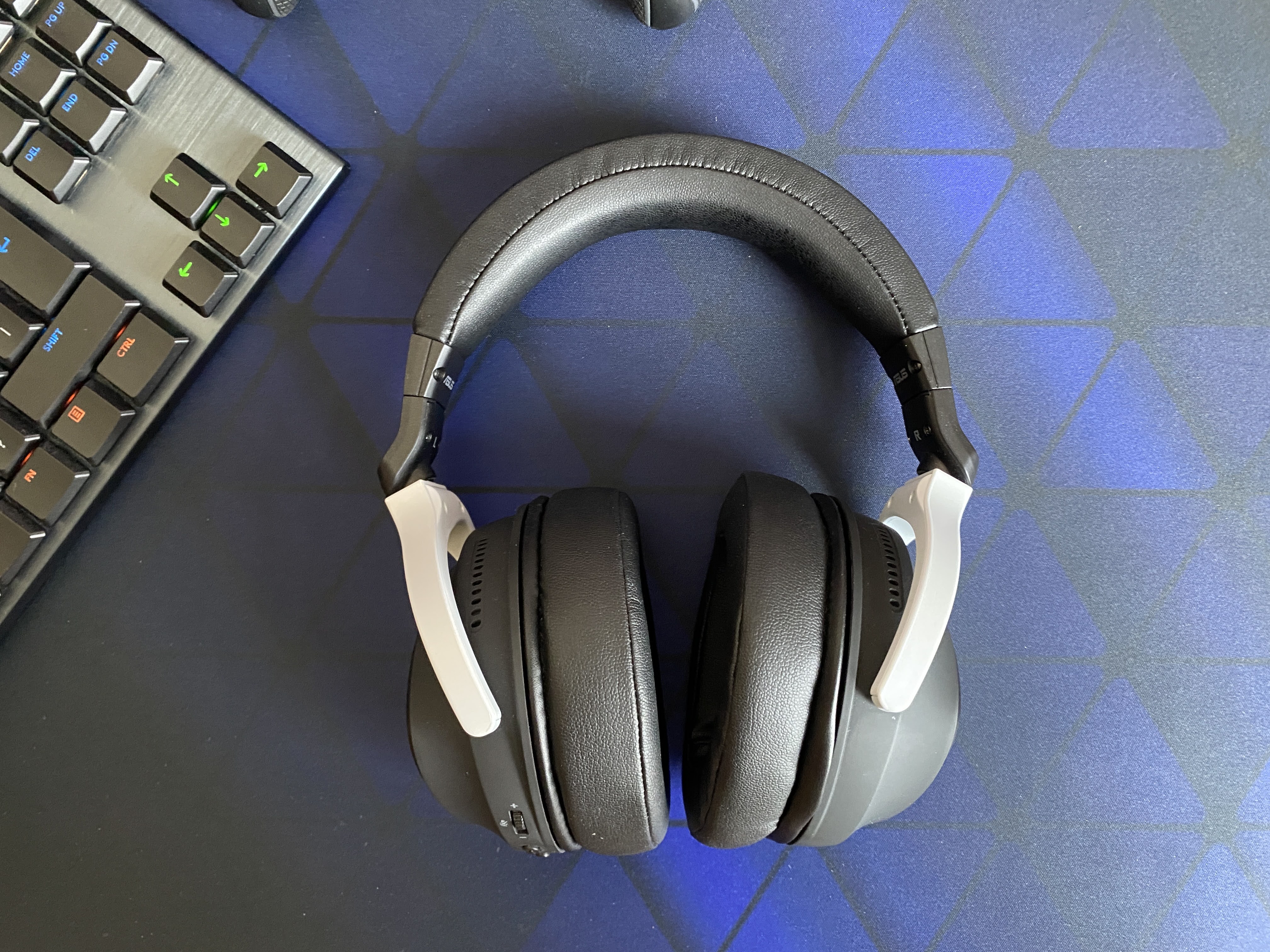
Design
While many headset manufacturers are slowly veering away from designs that some may classify as too ‘gamer-ish’, Asus is still keeping some of those principles intact. The Asus Delta S Wireless’ design is aggressive and bold - keeping in line with the other headsets in the Delta S series - but the colour combination and choice use of plastics somewhat dilutes it just enough that it doesn’t come across as too garish.
The matte plastic body, and the white aluminium yokes holding the earcups present a sleek and polished device, and feels extremely premium in the hands. It also helps that the build quality is quite top-notch - we stretched the headset beyond its limits and it didn’t moan in pain which is a good sign. There was a slight clicking noise from the left earcup when stretched, but I don’t think it’s too much to worry about.
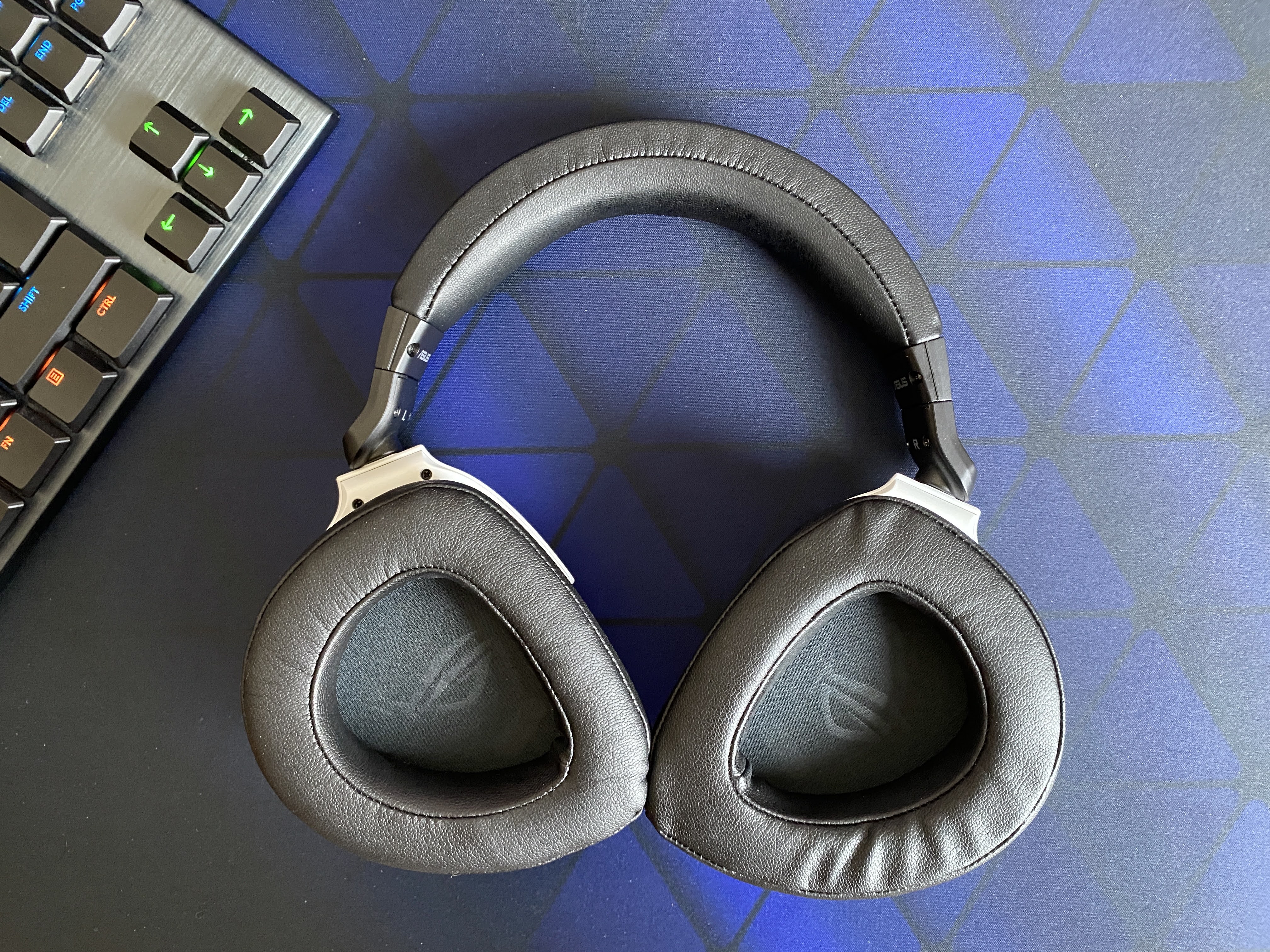
The most notable aspect about the design is the comfort. For a headset that weighs nearly 320g, the Delta S Wireless are remarkably comfortable. They might appear large and daunting to look at, but they sit snugly on your head with just the perfect amount of clamp force. The thick D-shaped ear cushions, and the equally plush headband, offer adequate support, which means that you can wear the headset for long hours without feeling any discomfort. The ear cushions are soft but they are resistant to decompression even after a few hours of use, which crucially keeps your ears from touching the drivers and causing irritation.
Asus bundles two sets of ear cushions in the box - one is a 100 percent protein leather cushion that works reasonably well in blocking out surrounding noise. If you are feeling too hot with them (and they do get stuffy after a few hours), you can opt for the fabric cushions that offer some respite from the heat but block less environmental noise around you. Both cushions are equally comfortable, but we preferred the protein leather one as they made the audio quality sound a smidge better and just felt generally great to wear in two-three hour bursts. The cushions are, thankfully, easy to swap around so you can take them for a test drive and make a decision on which one you like the most.
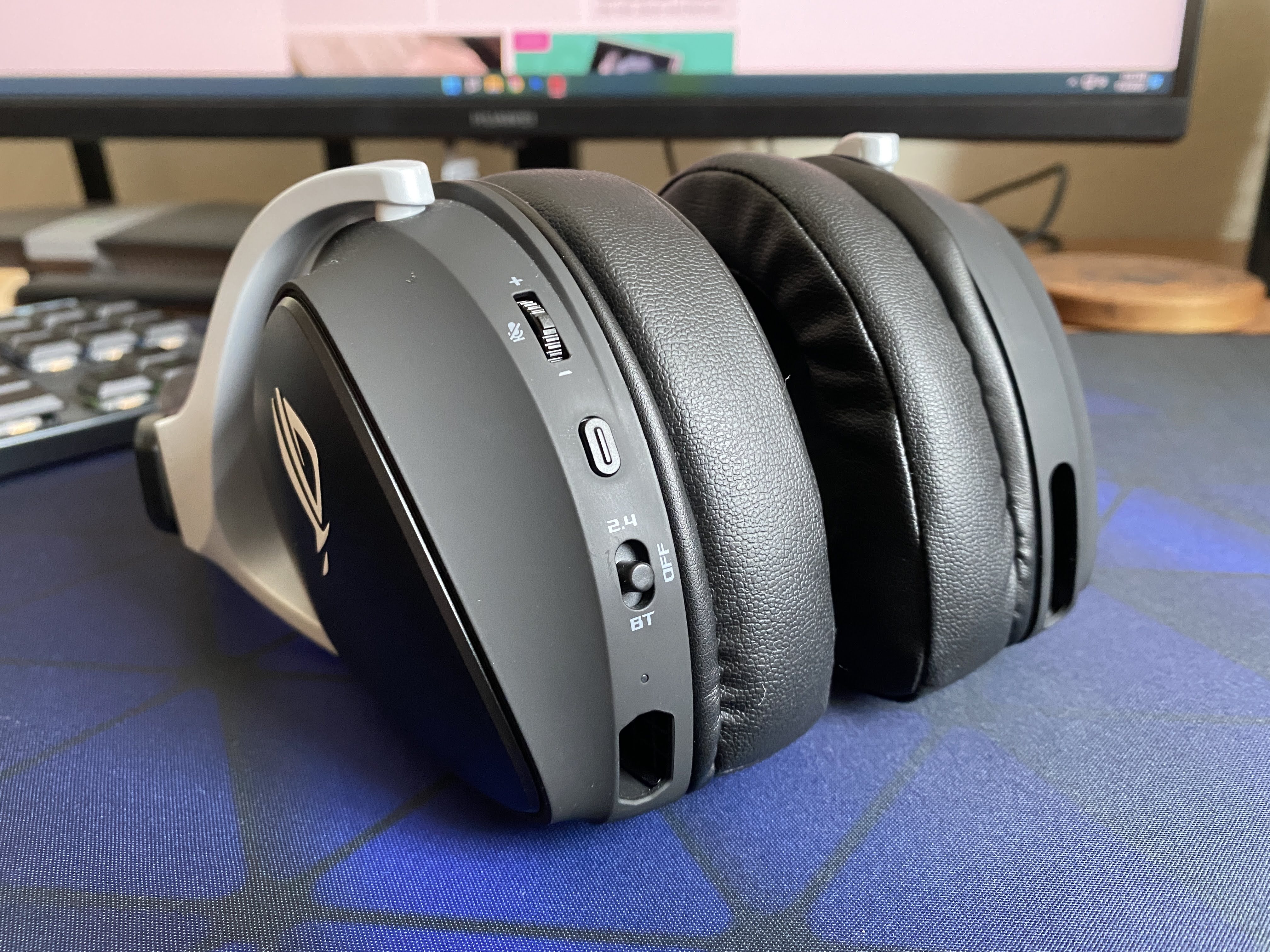
On the right ear cup, you have a small enclave that can house the USB-C wireless dongle, which is a fantastic touch and great use of the space as it affords one to carry around their headsets to the office, or to LAN parties without worrying about losing the small dongle in the process.
Software and Audio Quality
To get the best out of the Delta S Wireless, it is absolutely crucial to use the Asus Armoury Crate software. We are personally not a fan of the software suite as it’s slow to load, bloated with useless add-ons, and the UI is a far cry from some of the more polished offerings from Razer and Steelseries.
Thankfully, it’s not entirely difficult to find and make adjustments using the software. Here, you can set the headset and mic volume, choose sample rates, and tinker around with a lot of sound-related features. Of note are the Sound Optimization profiles, and a separate equaliser for each.
The Sound Optimization profiles have reverb, bass boost, compressor, and voice clarity sliders, as well a virtual surround sound option. And all of that is a bit confusing to use. For example, the ‘Gaming’ profile sets the reverb to ‘Studio’, and boosts the bass, compressor and voice clarity sliders to change the audio soundstage to be as wide as possible. On the other hand, the ‘FPS’ profile does the same, but turns off voice clarity. The ‘Movie’ profile opts for a similar tuning, but the reverb is set to ‘Theater’ but the slider for it is turned all the way down. We are not exactly sure why.
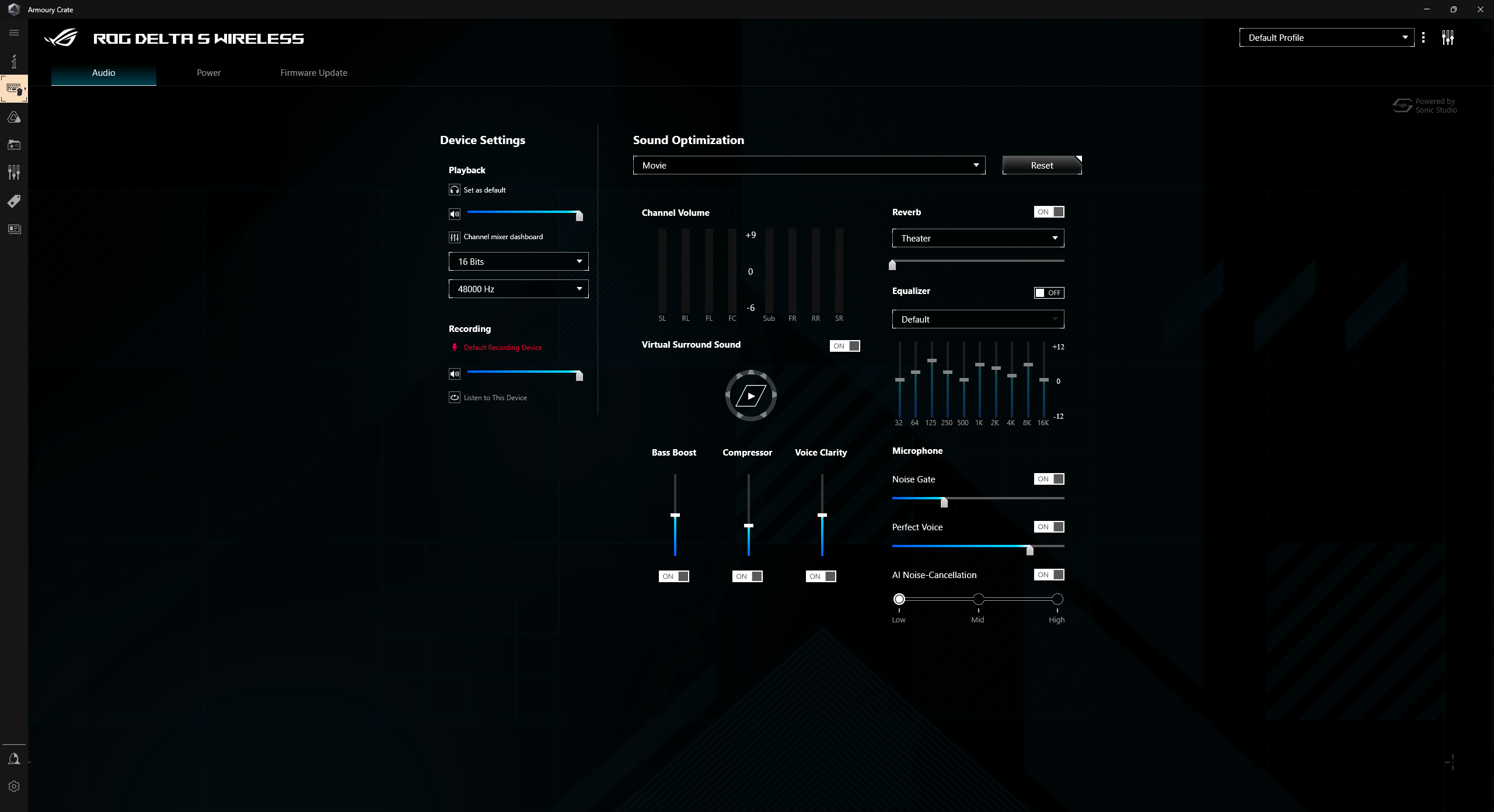
Sound Optimization profiles seem a bit useless as they don’t particularly make the audio sound any better, and the extra audio enhancements could have been simply left on the user’s preference. You also have a separate 10-band equaliser (which is separate from the Sound Optimization profiles) but they are entirely geared towards music like Jazz, Hip-Hop, Classical, etc. Asus could have simply focused on the equaliser instead, incorporating the Sound Optimization profiles within it, which would have presented a much cleaner, less confusing user-interface.
You also have a number of microphone enhancement options like Noise Gate, Perfect Voice and AI Noise Cancellation, but we will talk about that in the next section.
- The best gaming headsets in the UAE for 2022
- Best gaming laptops 2022: top laptops to game on in the UAE and Saudi Arabia
- Best gaming phone 2022: the top mobile game performers in the UAE and Saudi Arabia
Let’s come to the audio quality for now, which much like the Armoury Crate software, is a mixed bag. What the Delta S Wireless has going for it are the 50mm drivers which are angled by 12 degrees so they deliver sound right into your ear canals. Using the Flat sound profile, with all the audio enhancements turned off, the headset presents a spacious, multi-layered audio experience where it feels like the sound is coming from all corners of the ear cups. But the spaciousness of the sound also presents a key problem - the audio can sound hollow and muddy at times, as the mids seem to have been carved up to get that wide soundstage. This leads the bass to bleed into the mids and highs easily, which is equally strange because the drivers are extremely lean on bass.
Overwatch is a great litmus test for headsets, as the game isn’t exactly kind to lower quality headset drivers. From our experience, the game requires a good set of cans to truly distinguish between the cacophony of sounds that it has going throughout the match. The Delta S Wireless expectedly performed rather poorly, where all of the in-game sounds sort of jumbled up into one big gloop with no distinguishable features. Comparing it to our mid-HiFi setup, with the Phillips X2HR open back headphones plugged into the Creative Sound BlasterX AE-9 soundcard, the difference was night and day. The sound was not only much more wide, but every audio cue be it enemy footsteps, the sound of Solider’s machine gun firing, or Genji’s ult going off sounded pristine and easy to locate.
So, we turned towards the Sound Optimization profiles to see if they helped the Delta S Wireless perform any better. With the FPS and Gaming profiles, the soundstage does open up further, and introduces some distinguishable clarity between the different audio cues but the overall sound is simply too hollow and stretched out to be entirely enjoyable.
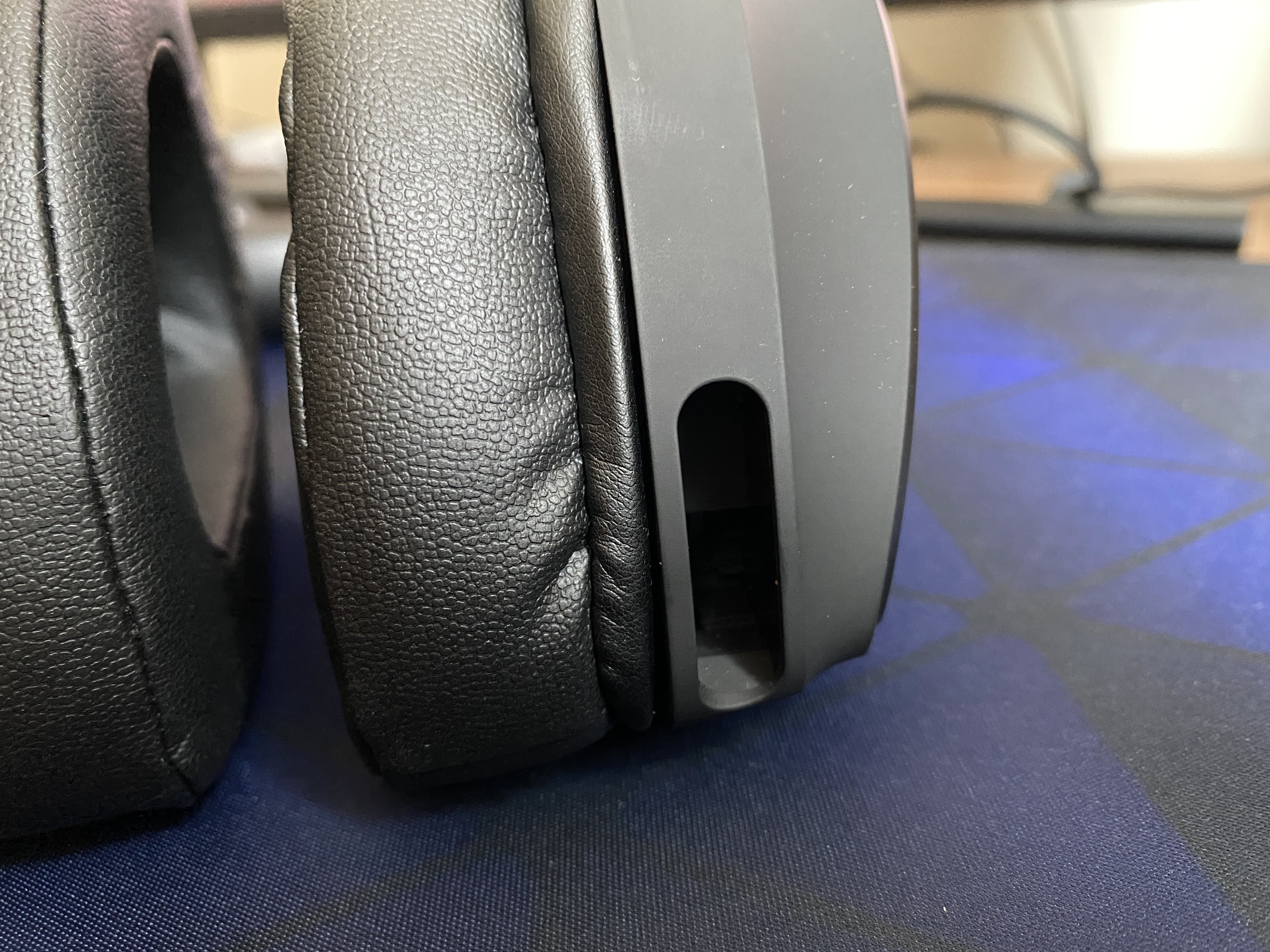
That said, I usually gravitated towards the Gaming profile as it offered the best bang for the buck, especially for single player, atmospheric games like Deliver Us to The Moon, where the large soundstage and better clarity between the frequencies made the game more immersive than using the Flat profile.
Your mileage may vary, of course, but we found ourselves tinkering with the software suite more than necessary for every game we played instead of landing on one particular sound profile that offered the best audio experience. For Overwatch, we chose the FPS profile, for single-player games, we went for the Gaming profile, for movies, we chose another, and so on. And since the software doesn’t allow a particular sound profile to auto-launch along with a game, we had to launch the software every time we wanted to play something different.
The Delta S Wireless’ drivers aren’t bad per se as they are certainly capable, but the artificiality of the soundstage is its biggest weakness. When compared to the HyperX Cloud Alpha Wireless, which sounds so much more natural and fuller, the Delta S Wireless sort of sounds off.
The bass is also a bit of a problem, although it’s far less noticeable in games. For music, you will want to boost up the bass by quite a bit as songs sound less energetic and lively without it. Honestly, even with the bass boost enabled, we found ourselves opting for the HyperX headset to listen to music because the Delta S Wireless didn’t sound as fun as it should.
Microphone
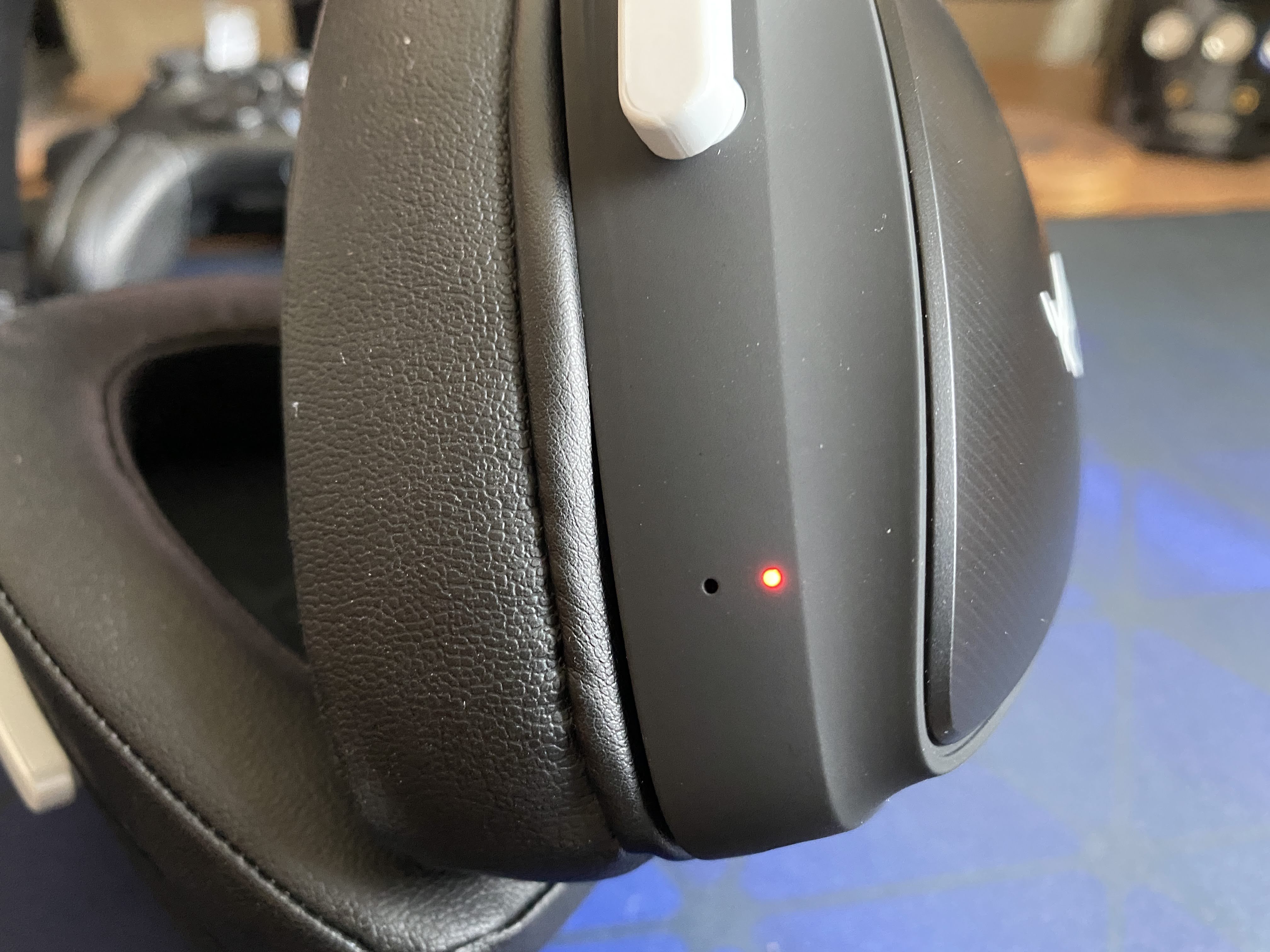
The AI Beamforming Mic on the Delta S Wireless is its most interesting feature. Instead of a traditional boom mic, Asus has opted for mics that are built into the headset that forms a focused acoustic zone in front of your mouth to pick up your voice. It’s an interesting concept, and aims for a much cleaner headset design, but the execution is far from perfect.
Due to the nature of the technology, and distance between the mic and your mouth, the voice ends up sounding distant and hollow - as if you are speaking several feet away from the mic. The clarity is decent for voice calls, but while gaming, it is too quiet and unclear to make up for effective in-game communication. You can attempt to bolster the clarity further by using the Noise Gate and Perfect Voice feature on the Armoury Crate software but they end up adding distortion to the voice.
The AI Noise Cancellation is also ineffective. While it does block out some background noise, the high level of compression it adds to your voice is just not worth it.
Battery Life
Asus claims a battery life of around 25 hours on a single charge, which is in line with what we got out of the headset. The numbers aren’t class leading by any measure, as other competing headsets offer at least 30-40 hours of battery life. We don’t want to compare it to the HyperX Cloud Alpha Wireless which offers 300 hours of battery life because that level of sorcery is still unmatched by anyone else.
Thankfully, charging up the headset is hassle free. It takes a few hours to charge it fully, and a 15 min charge adds up to 3hours of battery life for when you are in a pinch.

Should you buy the Asus ROG Delta S Wireless headphones?
Buy it if...
You want a comfortable wireless headset
Despite weighing 320g, the Asus Delta S Wireless is an extremely comfortable headset thanks to its plush ear cushions and headband padding.
You want great Bluetooth connectivity
It’s rare that a wireless gaming headset comes with Bluetooth connectivity, so top marks for Asus for including it in. The Bluetooth works flawlessly and offers equally good sound as the 2.4Ghz mode. Although the lack of simultaneous connectivity between the two wireless modes is rather unfortunate.
Don’t buy it if…
You don’t want to tinker around with the EQ a lot
The drivers on the Delta S Wireless are certainly capable, but they require some heavy EQ tuning to get them to sound just right. You will be required to tune them on a per game basis as there is no one sound profile that gives you the best audio experience.
You want good quality microphone
The AI Beamforming Mic on the headset is an interesting concept, but the voice clarity leaves much to be desired.
You want better battery life
Around 25 hours of battery life is average at best, and if you are a heavy gamer, you will find yourself charging the headset a lot more often.
Mufaddal Fakhruddin is an experienced Editor with a demonstrated history of working in the computer games industry. He is skilled in social media, video idea creation and production, media relations, and journalism.
